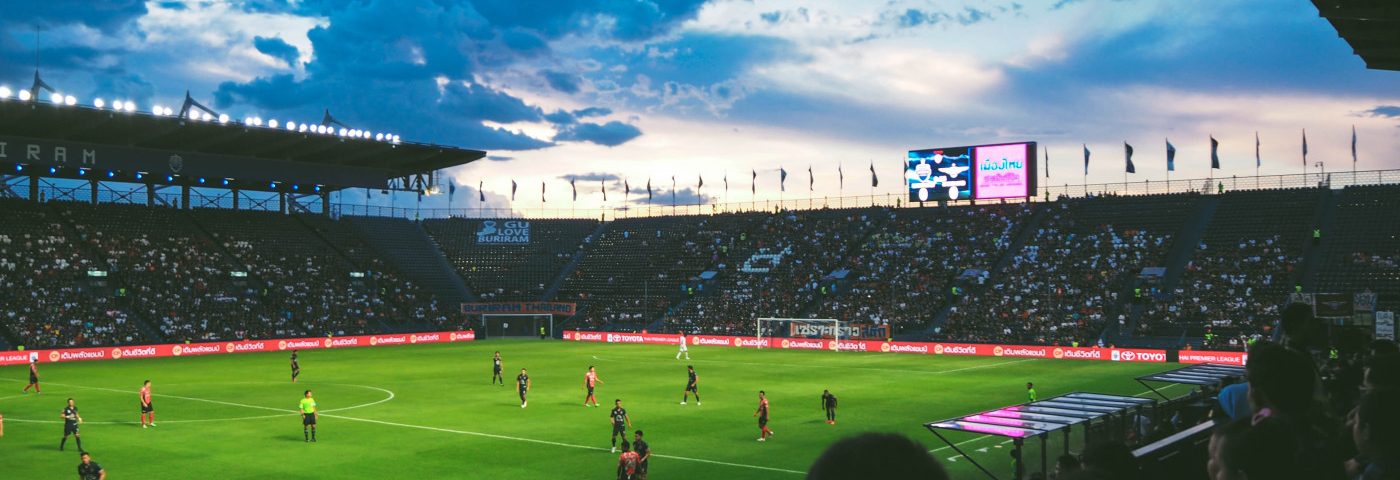The mobile app MyJump2 showed similar results to those of the gold-standard techniques used to evaluate jump performance in football (soccer) players with cerebral palsy, a study shows.
The study, “Assessing the Validity of the MyJump2 App for Measuring Different Jumps in Professional Cerebral Palsy Football Players: An Experimental Study,” was published in JMIR mHealth and uHealth.
Cerebral palsy (CP) football is a Paralympic sport played by athletes with central neural injuries such as cerebral palsy. The rules of CP football are similar to those of professional play, but CP football has fewer players, the matches are shorter, and the field is smaller.
CP football is physically demanding, with a relatively high injury rate. Players’ strength and power can affect their risk of getting injured; therefore, assessing these variables is essential to design better training routines.
Vertical jump assessment is a good way to measure lower-limb strength and power, relevant factors in CP football that are considered by coaches and trainers when monitoring the players.
The gold standard for vertical jump assessment involves expensive, non-portable equipment such as force platforms and contact mats. Therefore, there is a high demand for evaluation methods using mobile devices.
MyJump2 is a mobile app available for iOS and Android that assesses vertical jumps using only a cellphone with a high-resolution camera. The app has already shown “high reliability and reproducibility in vertical jumps when compared to force platforms and high-speed video cameras,” researchers said.
However, it was not clear whether the app would be useful for CP athletes, because they present symptoms such as involuntary spasms that could affect the measurements.
Now, a team of Brazilian researchers evaluated the reliability of the app’s measures in professional CP football athletes who participated in the 2017 Brazilian CP Football Championship.
They assessed 40 male CP football athletes with an average age, weight, and height of 28 years, 72.5 kg (160 pounds), and 176 cm (5.1 feet). All participants had been diagnosed with CP and were familiar with the jump tests evaluated in the study.
All participants performed two kinds of jumps: the countermovement jump, and the squat jump. For each jump, the flight time and jump height were simultaneously measured with a contact mat and MyJump2.
A countermovement jump is where the individual starts from a standing position, makes a downward movement by flexing the knees and hips, and then jumps vertically off the ground. In a squat jump, the individual starts by doing a regular squat and then jumps up.
There were no significant differences in the measurements between the two methods. The results of MyJump2 overlapped almost perfectly to those of the contact mat.
Furthermore, the app showed reproducibility among the subjects and for the same subject at different time points.
“In competitive periods when it is not possible to use the gold-standard equipment, the app seems to be a good alternative for evaluating athletes with neurologic damage who would benefit from frequent monitoring,” researchers said. “Our findings could encourage trainers, coaches, and athletes to monitor jump performance, which is relevant information to improve decision-making in training control and prescription.”
The authors wrote that the MyJump2 app should be further evaluated for other types of jumps and at specific moments, such as before and after a game to determine its full applicability to CP football.
“Given the portability and practicality of MyJump2, smartphones can quickly become a standard method for assessing physical performance in the field with great precision in CP football,” the researchers concluded.

